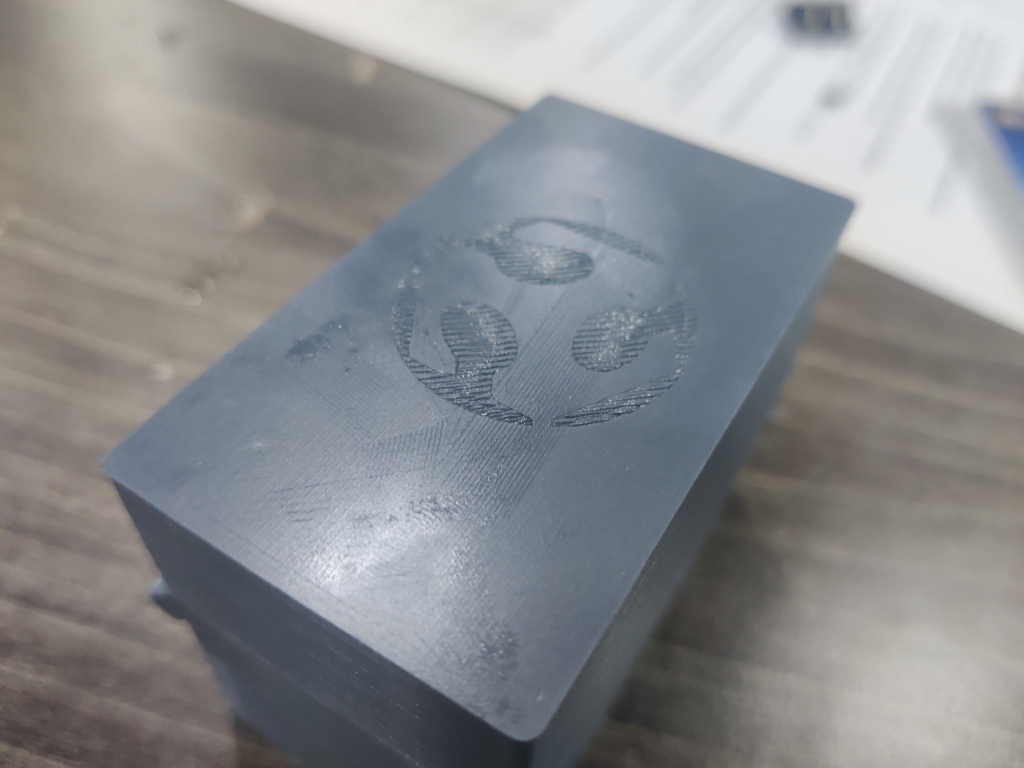Complex Design
Summary
This week, I designed a 3D model that could only be manufactured using additive manufacturing and not through subtractive techniques. I explored different designs, tested printing capabilities using a model from the Thingiverse community, and created my own functional design: a 3D-printed hinge box. This project allowed me to understand the unique benefits of additive manufacturing and how it enables the creation of complex structures that are not possible using traditional methods.
Work Process Detail
Initial Testing
I started by testing the concept of additive manufacturing by printing a hollow rocket model from the Thingiverse community. This test confirmed that hollow structures like the rocket could not be manufactured using subtractive methods due to their internal cavities.
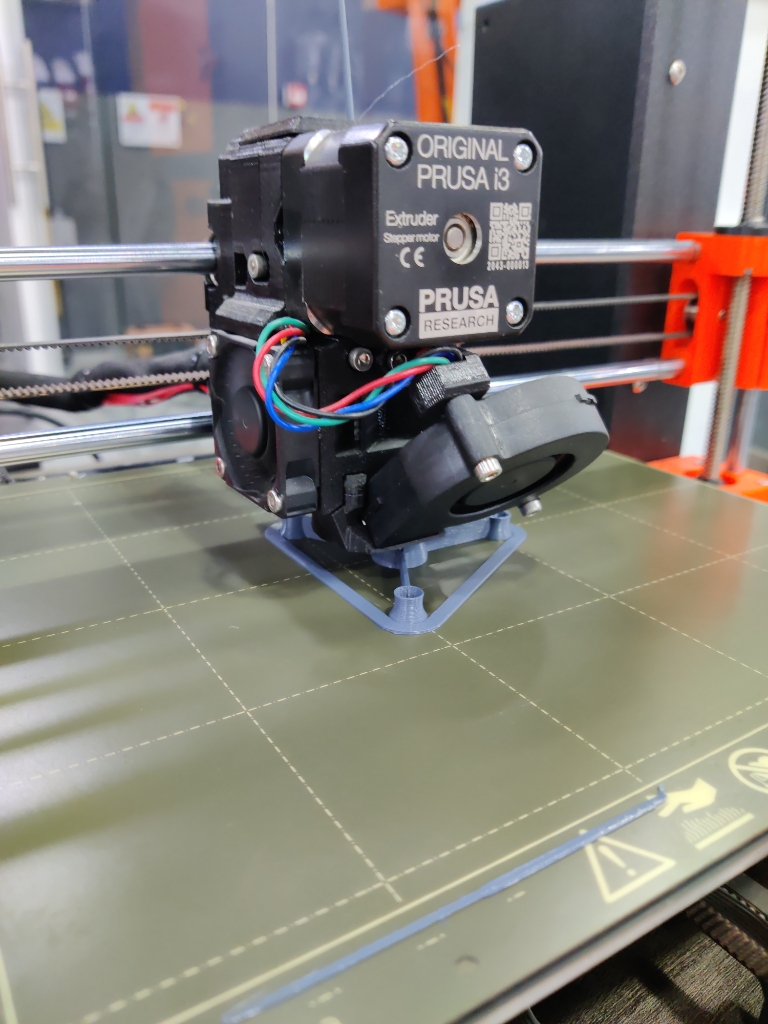
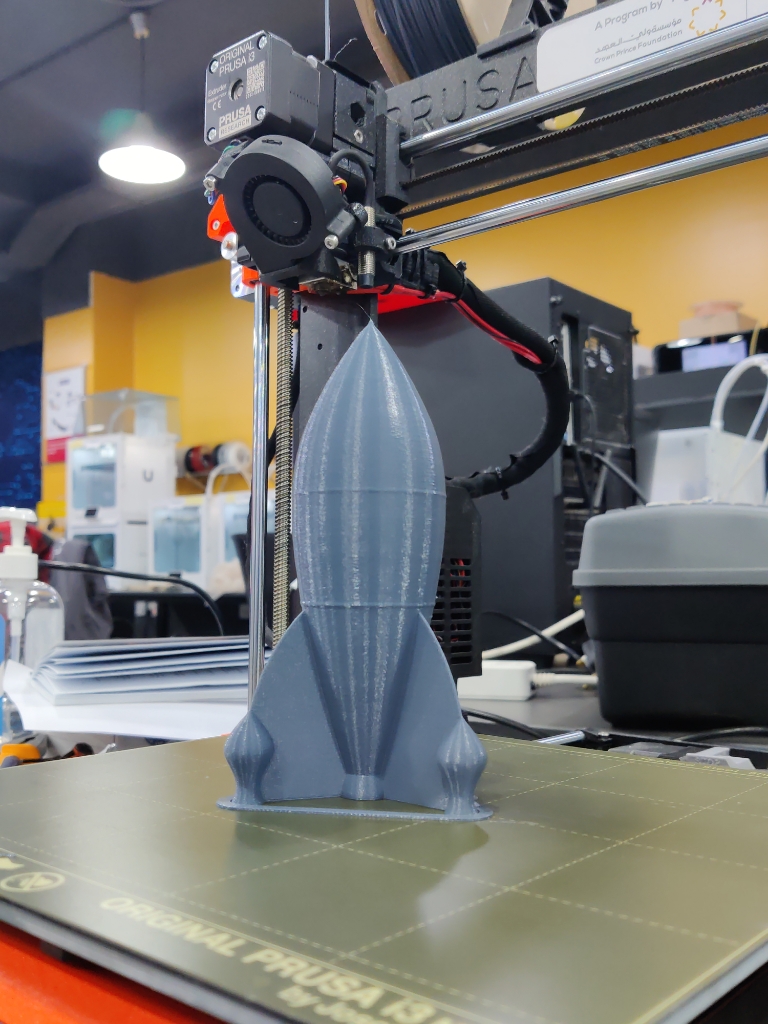
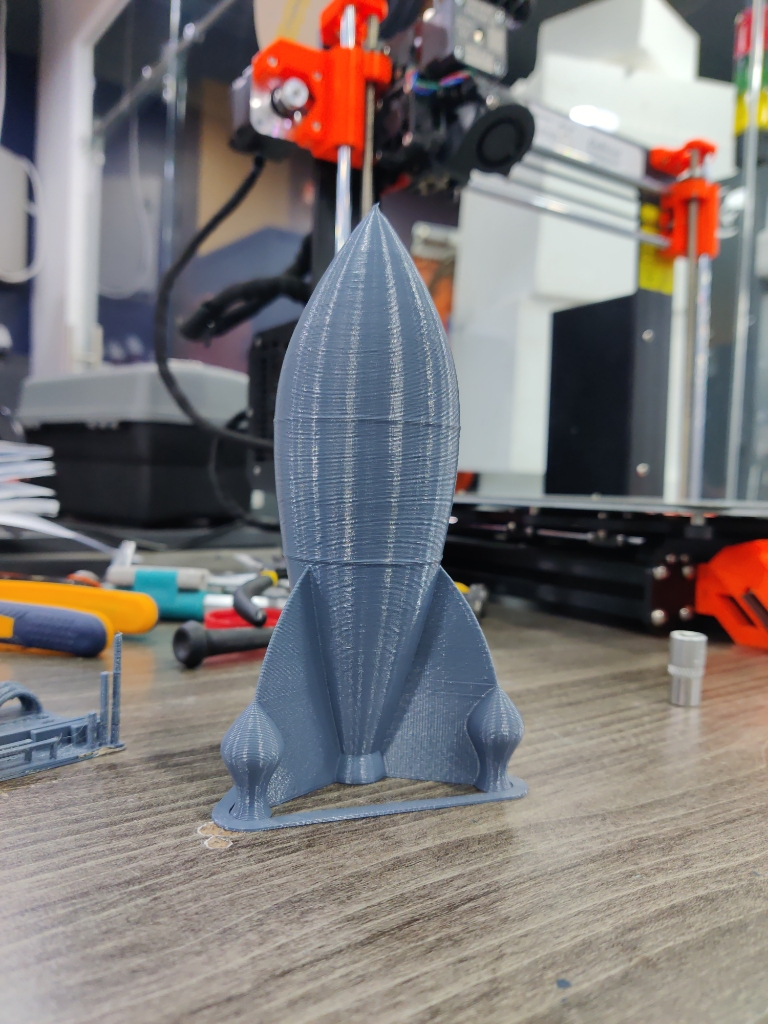
Designing in Fusion 360
I then moved on to designing my own shape using Fusion 360. My idea was to create a 3D-printed hinge that would allow two parts of a box to be connected. I focused on designing two halves of a box with an integrated hinge mechanism that could move smoothly.
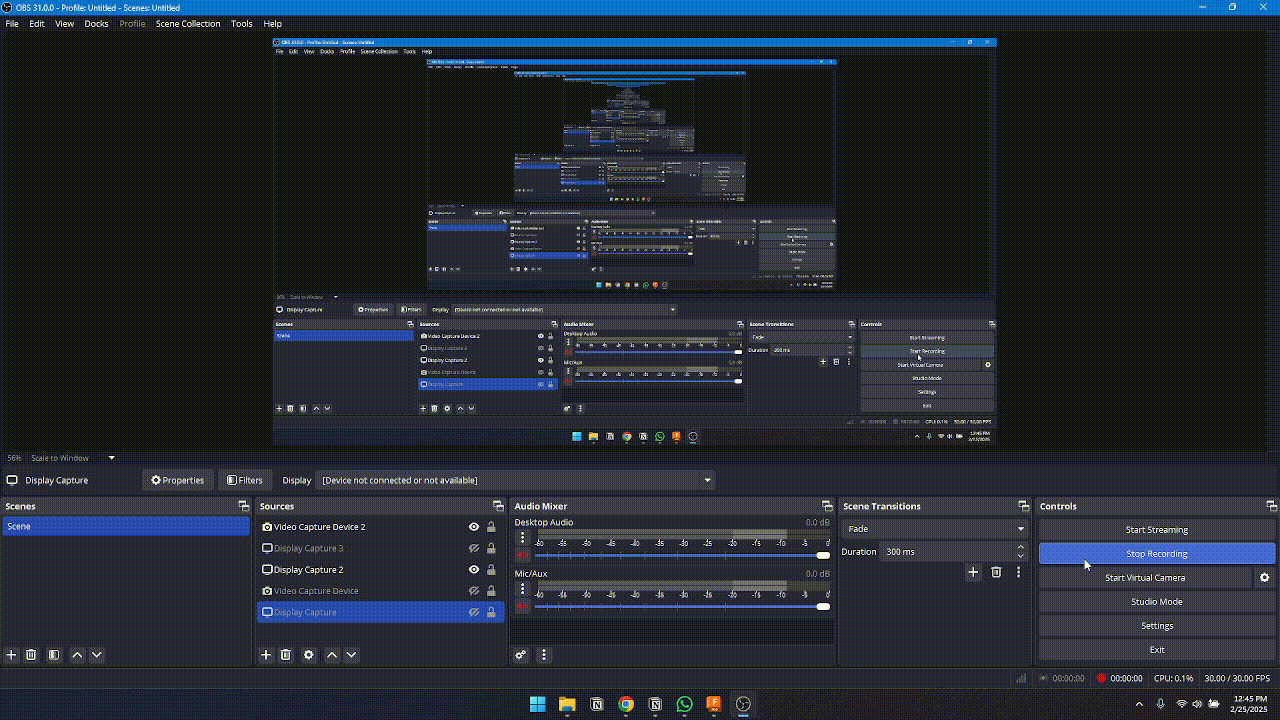
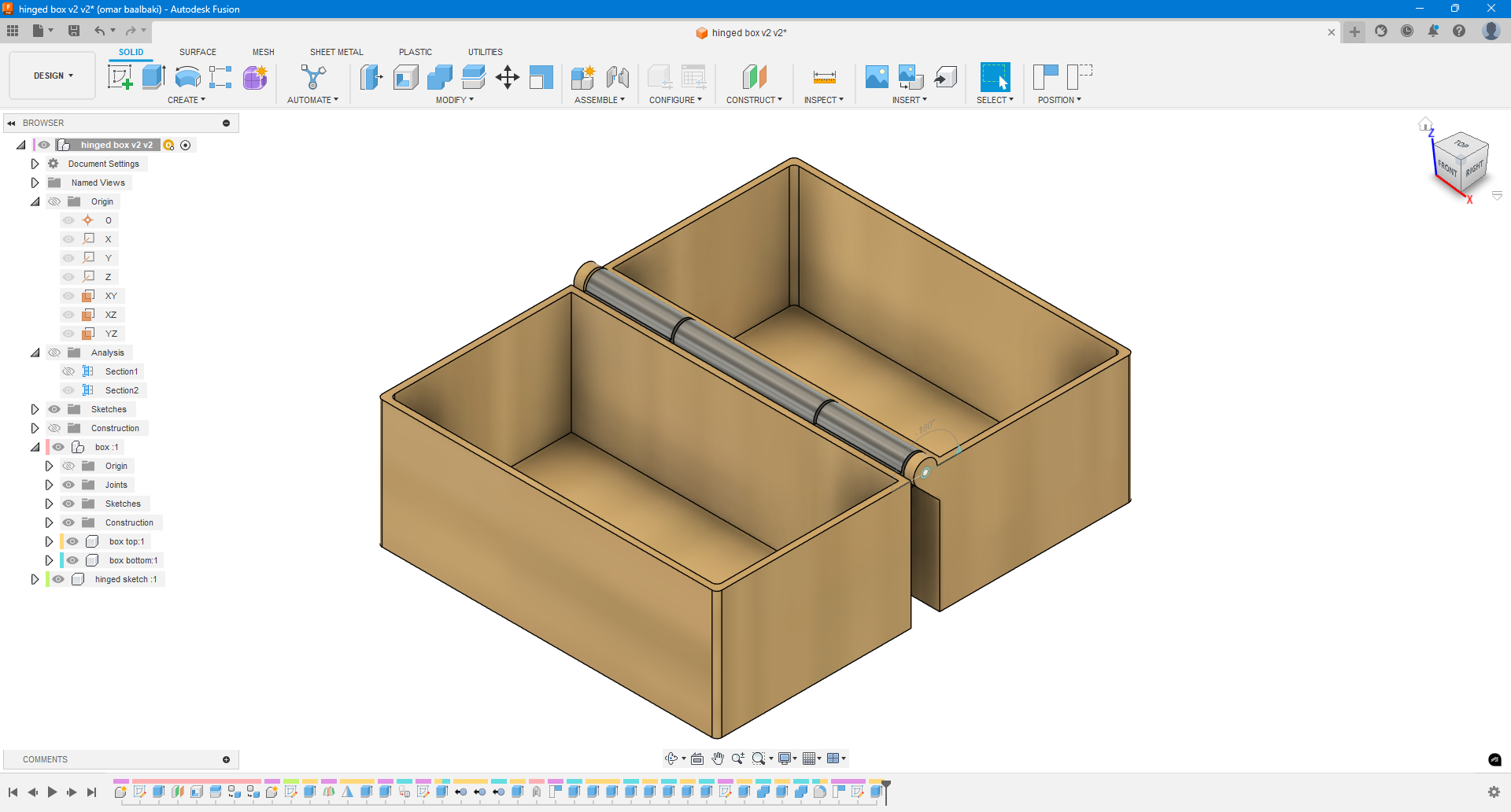
Incorporating Tolerance Testing
I applied the results obtained from the earlier 3D printer tolerance tests to ensure that the hinge would be foldable without any issues. After finalizing the design, I proceeded with 3D printing the hinge box.
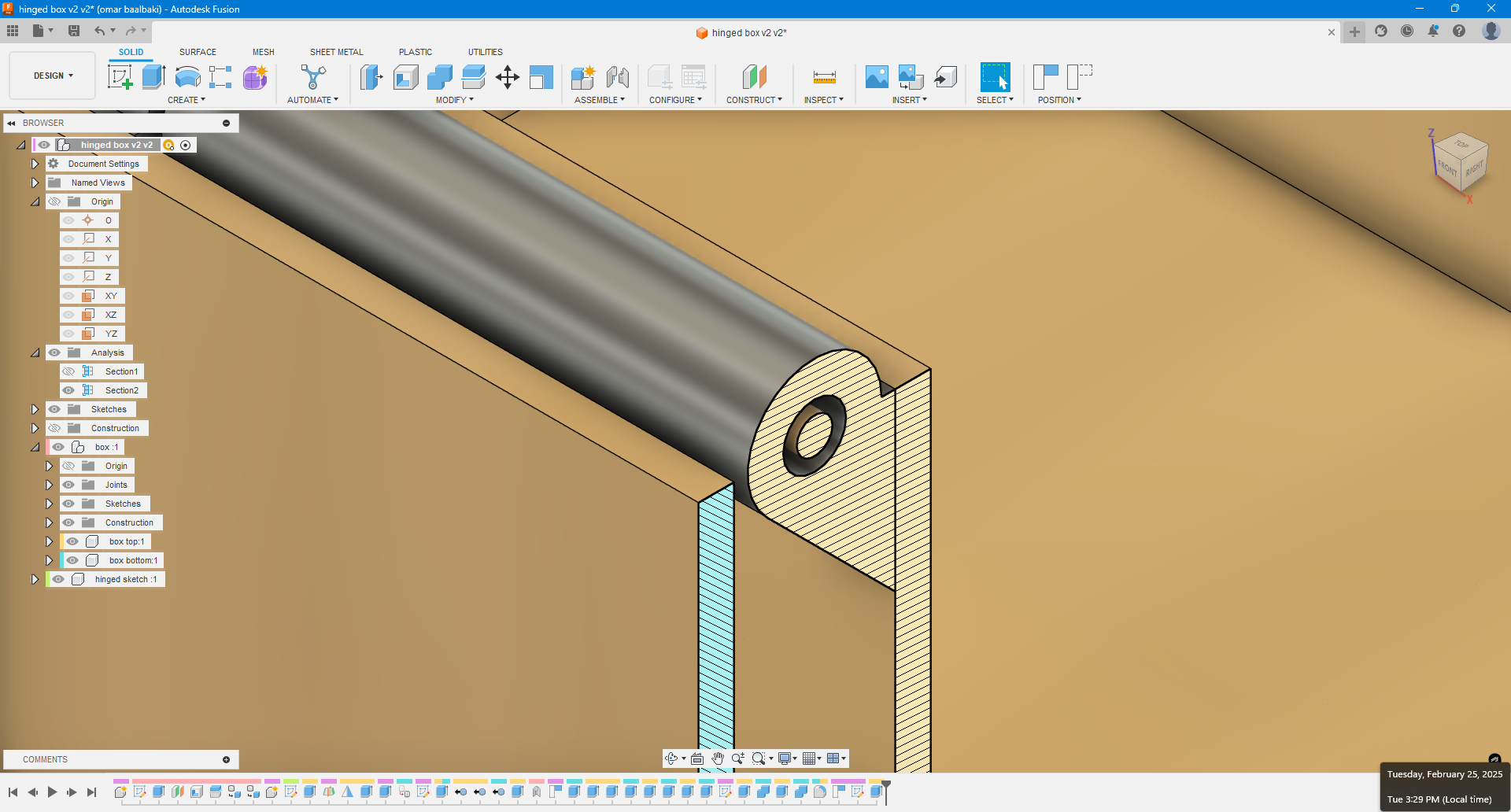
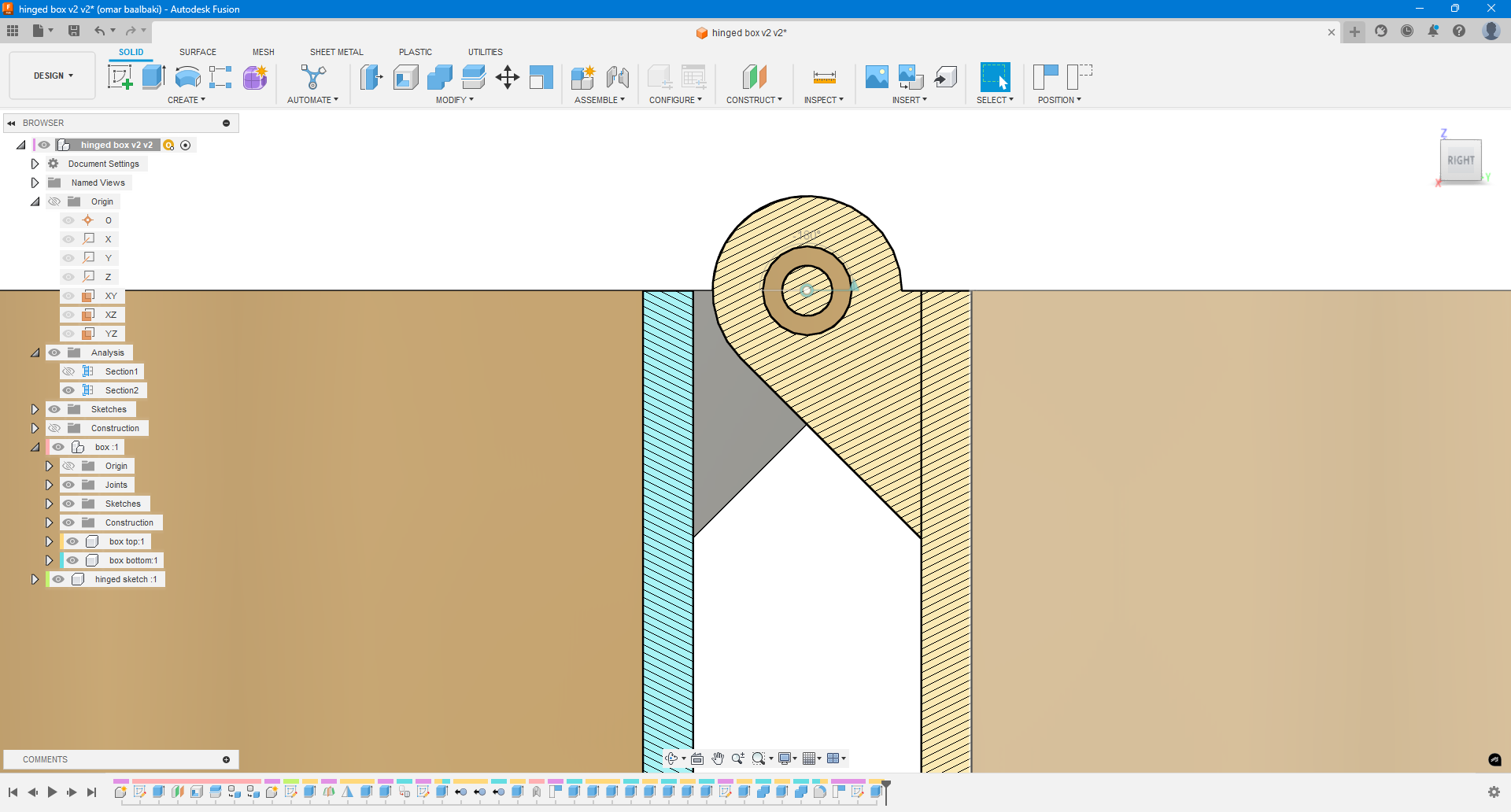
Printing
Once the hinge box was printed, I tested the movement of the hinge and verified that the box could open and close without any problems. As a final touch, I added the Fab Academy logo to the top of the box to personalize the design. I demonstrated how the hinge box worked and confirmed that the design met the goal of being only manufacturable using additive techniques.
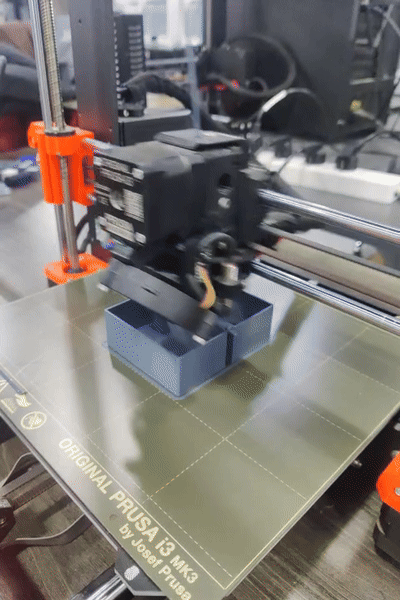
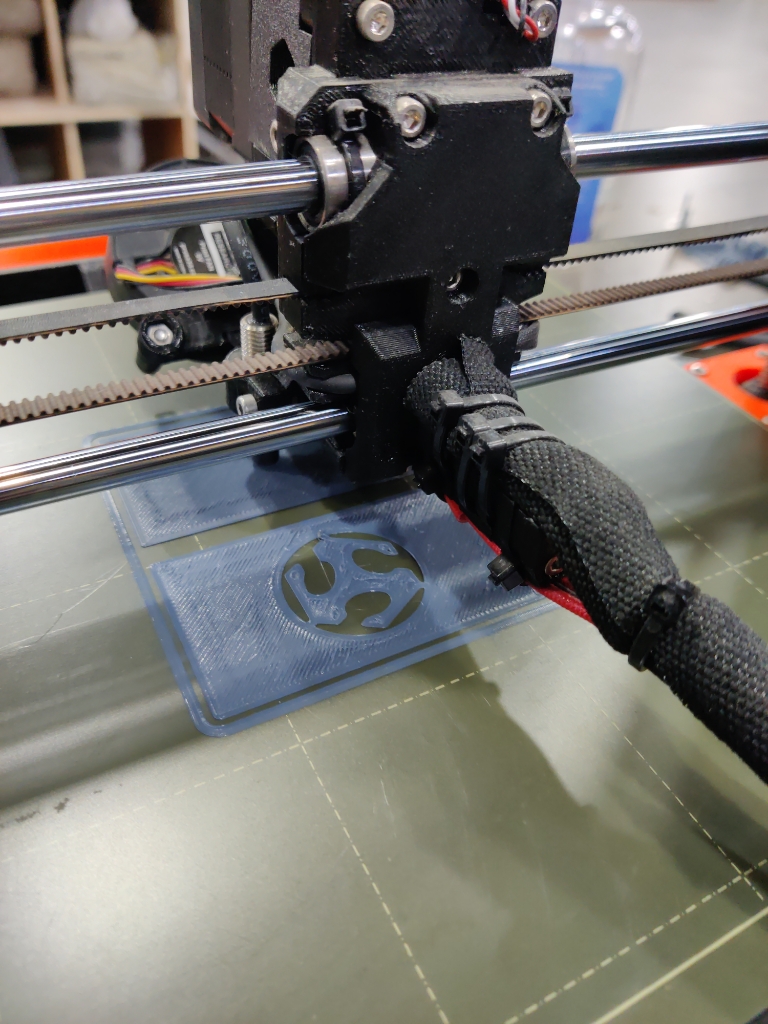
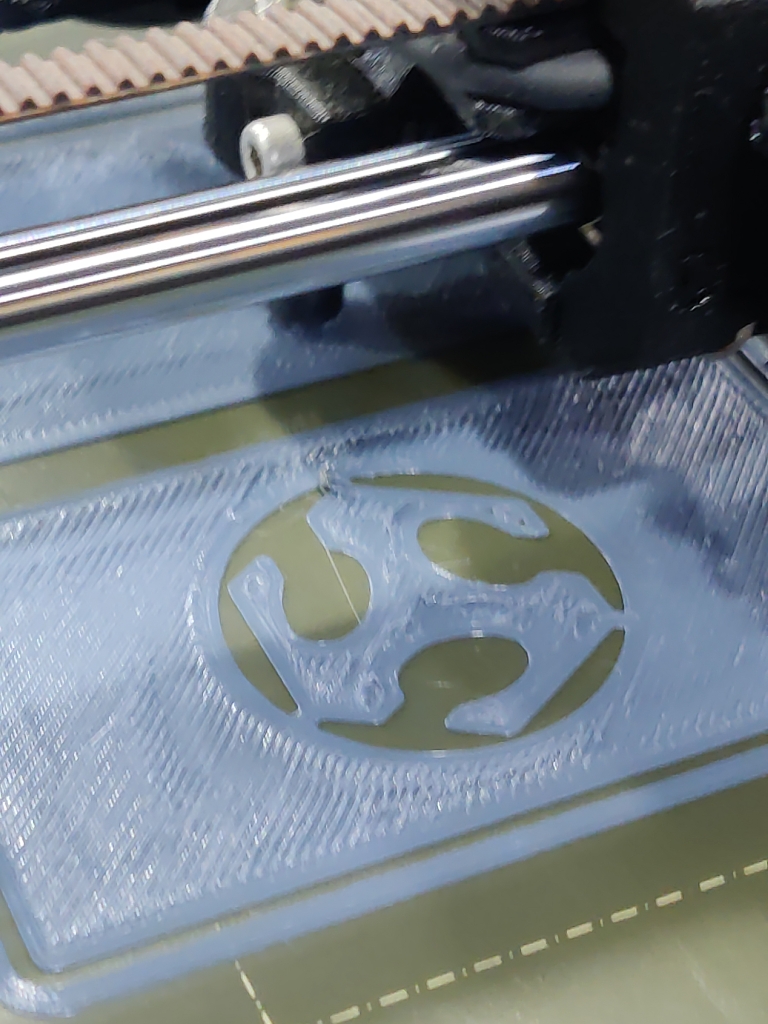
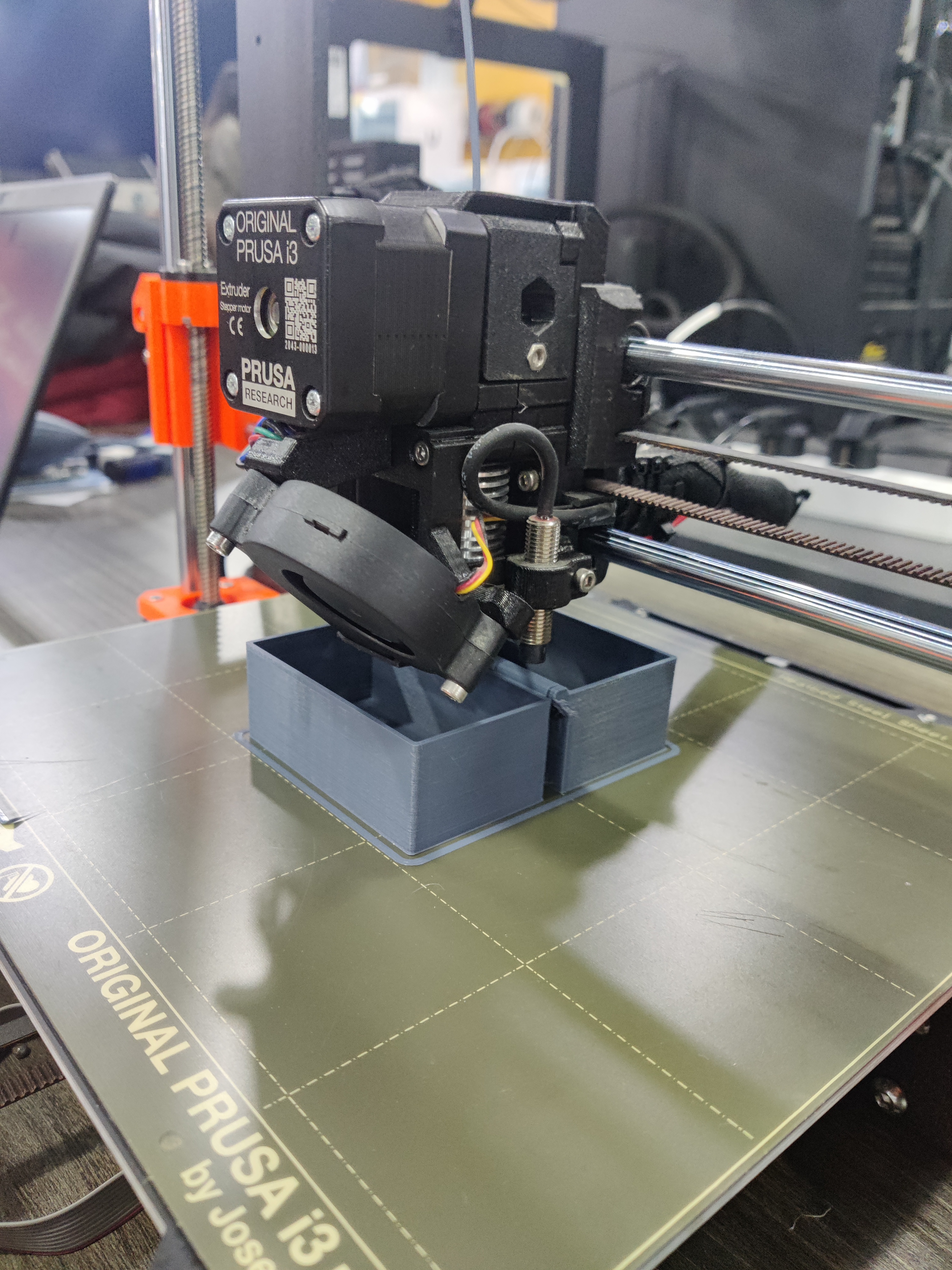
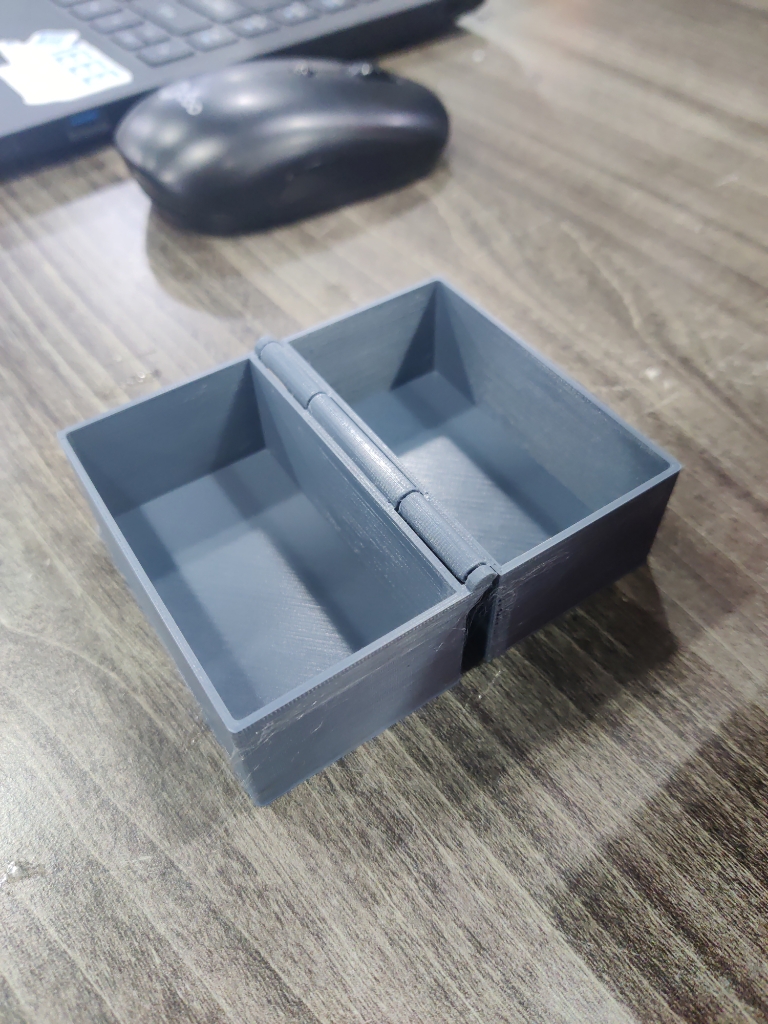
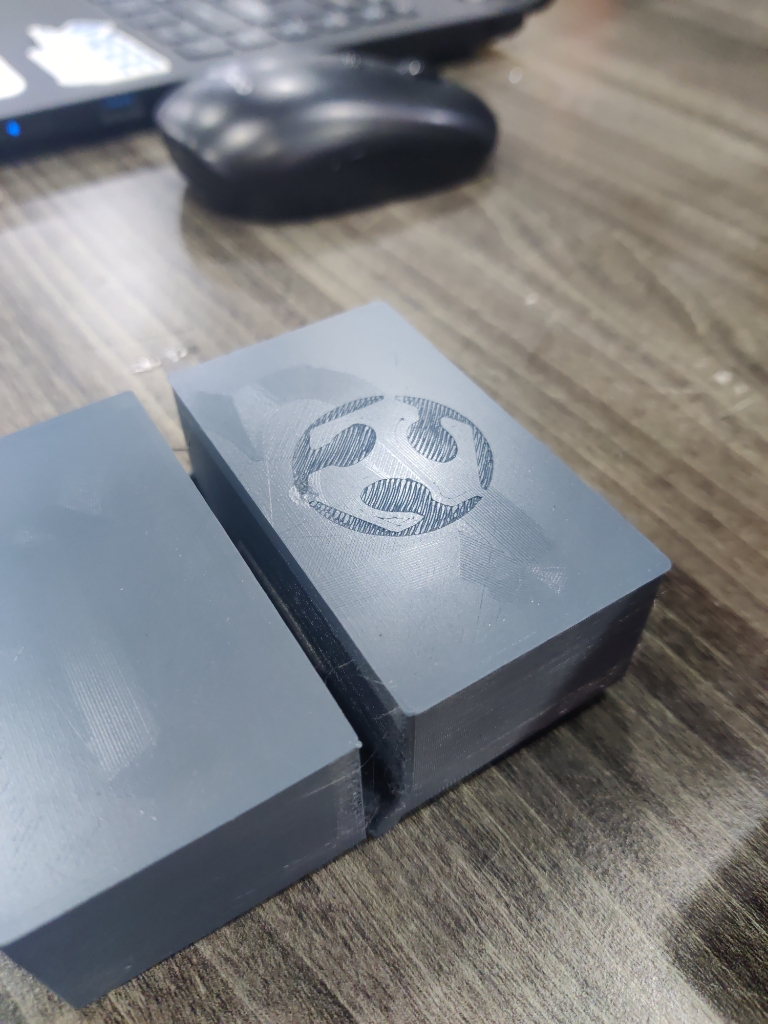
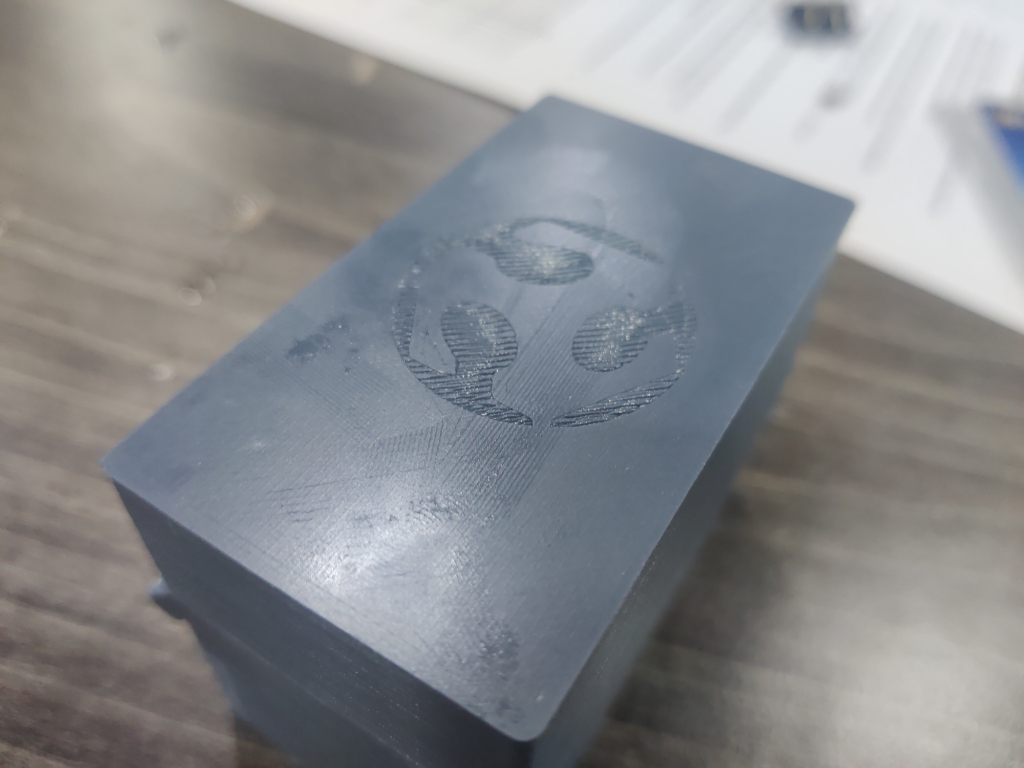
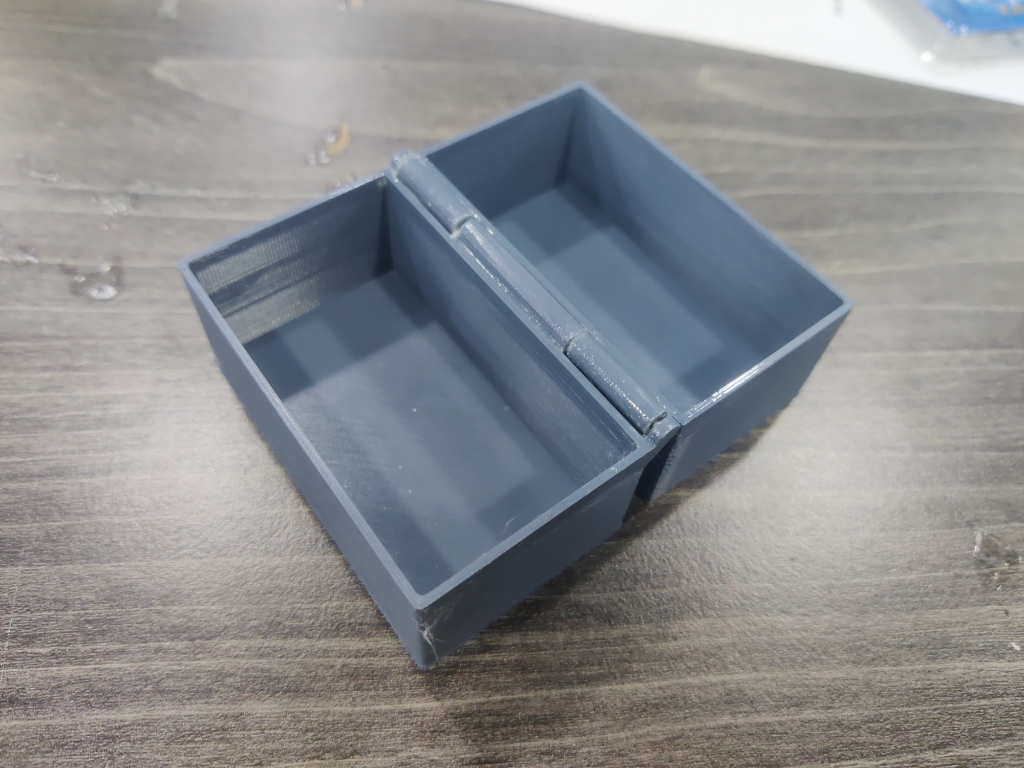
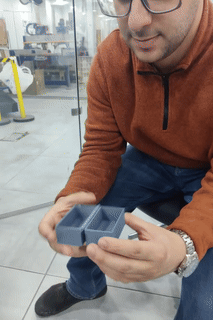
Learning Outcome
Through this process, I gained practical experience in designing objects that can only be created through additive manufacturing. I learned how to apply tolerance measurements to achieve precise fits between moving parts, such as a hinge. Additionally, I deepened my understanding of how additive manufacturing can create complex structures, such as hollow and integrated moving parts, which would be impossible using traditional subtractive methods. This project enhanced my design skills in Fusion 360 and helped me develop a better appreciation for the unique capabilities of 3D printing.
